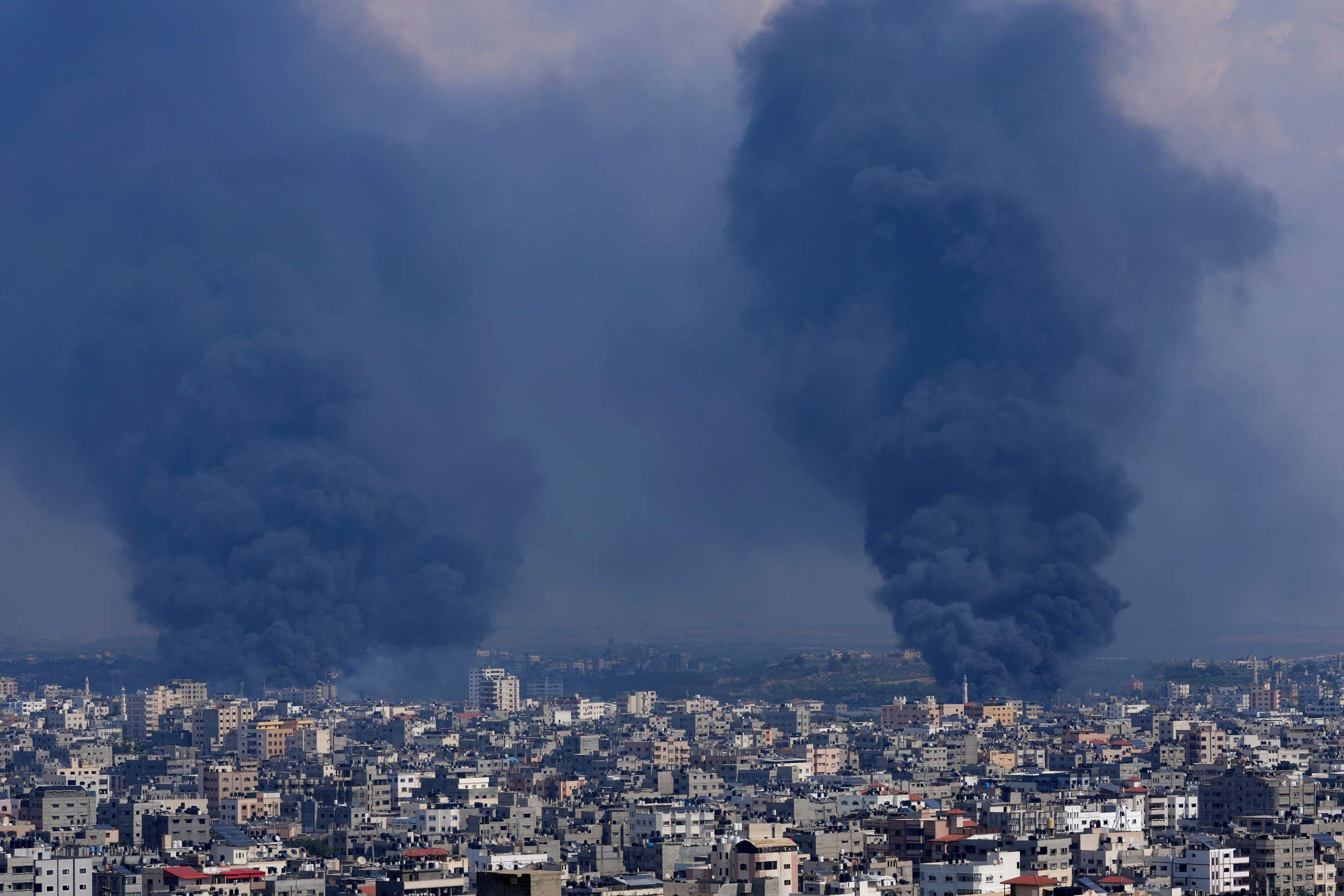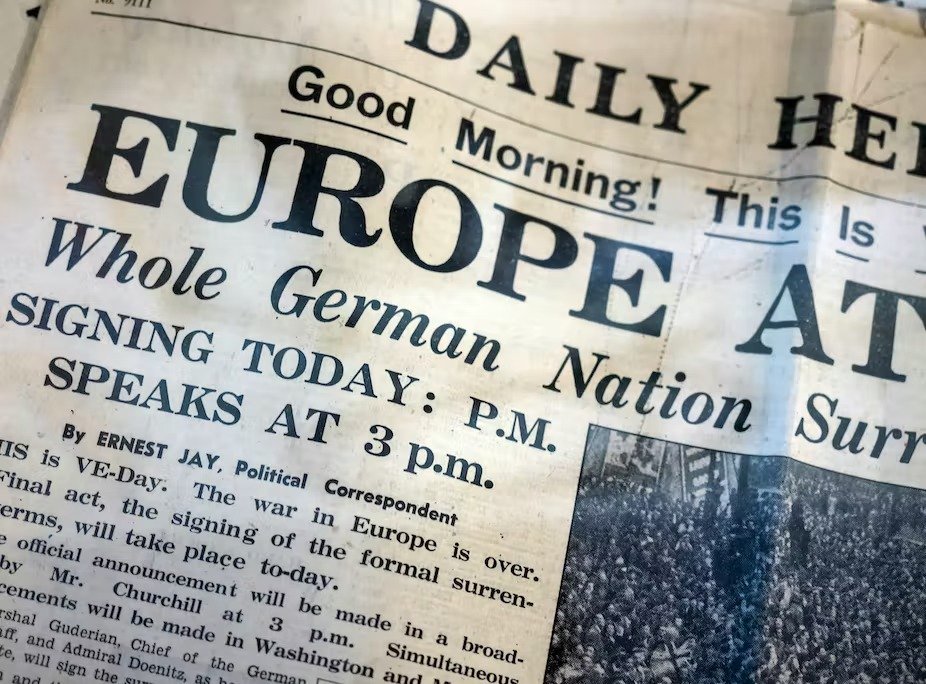In today’s interconnected world, media plays a crucial role in shaping perceptions of conflict. However, media bias during conflict reporting, whether intentional or unintentional, can distort narratives and significantly influence public opinion and political decision-making. When media outlets favor one side over another, it shapes how audiences understand conflicts and affects global perceptions. This article explores various dimensions of media bias, its impact on public perception, and its broader implications for understanding and resolving conflicts.
By examining specific examples and types of bias, we can better grasp how media bias during conflict reporting influences our views and highlights the importance of consuming information critically.
Types of bias in conflict reporting
In the realm of conflict reporting, various types of media bias during conflict reporting can significantly influence public perceptions of conflicts. Understanding these biases is crucial for developing a more informed perspective on global events. Below are some of the main types of bias often encountered in this context:
Selection bias
This occurs when media outlets choose to report on specific aspects of a conflict while ignoring others. For example, during the Syrian civil war, certain news organizations may focus predominantly on the humanitarian crisis while underreporting the political complexities involved. This selective coverage can lead to an incomplete understanding of the conflict, as audiences receive a skewed portrayal of the situation.
Framing bias
The way a conflict is framed can shape public perception significantly. Media outlets may emphasize particular angles or narratives, such as portraying one side as the aggressor and the other as the victim. This framing can evoke emotional responses, influencing how audiences view the legitimacy and motives of the conflicting parties. For instance, the coverage of the Israel-Palestine conflict often highlights different narratives depending on the media’s political alignment, leading to varying perceptions of the parties involved.
Language bias
The choice of words and language used in reporting can also introduce bias. Descriptive terms that carry emotional weight can influence how readers feel about a conflict. For instance, referring to a military action as a “retaliatory strike” versus “aggression” can sway public opinion. This language bias can create a lens through which the audience interprets events, reinforcing preconceived notions about the conflict.

Source bias
The sources from which media organizations gather information can significantly contribute to media bias during conflict reporting. Relying on sources that favor one side of the conflict may result in a skewed narrative. For instance, if a news outlet predominantly interviews government officials or military leaders without including voices from affected civilians or opposition groups, it can create an imbalanced view of the conflict’s dynamics.
By recognizing these types of bias in conflict reporting, individuals can become more critical consumers of news. Awareness of how media bias during conflict reporting shapes perceptions enables the public to seek diverse perspectives and make more informed judgments about complex global issues. Ultimately, understanding these biases is essential for fostering a more nuanced discourse on conflicts and their broader implications.
Impact of bias on the public
Media bias significantly influences public perceptions of conflict, leading to distorted understandings of complex issues. When news outlets prioritize certain narratives while neglecting others, they create an incomplete picture of the situation. For instance, during conflicts like the Israel-Palestine situation, biased reporting may focus heavily on one side’s actions, causing the public to form misconceptions about the motivations and consequences for both parties involved.
Furthermore, media bias contributes to societal polarization. When audiences are exposed to biased narratives that reinforce their existing beliefs, they may become more entrenched in their views. This division can stifle constructive dialogue and mutual understanding, making it more challenging to find peaceful resolutions to conflicts. The emotional appeal of biased reporting can further exacerbate this issue, evoking strong reactions that can lead to heightened tensions.
The impact of media bias extends beyond public perception, influencing political decisions as well. Policymakers often rely on public opinion to guide their actions, and when the public’s understanding is skewed due to media bias, it can result in misguided policies or interventions. Recognizing these dynamics is crucial for individuals seeking to navigate the complexities of global conflicts, as it encourages critical thinking and informed engagement with media narratives. Ultimately, fostering awareness of media bias can contribute to a more informed and engaged citizenry.

Examples of bias in conflict reporting
Examples of media bias during conflict reporting are evident across various media platforms, illustrating how narratives can be influenced by partiality. A notable case is the Israel-Palestine conflict, where Western media often highlight the humanitarian crisis faced by Palestinians while framing Israeli military actions as defensive. Conversely, Middle Eastern media may portray Palestinian resistance as legitimate and depict Israeli forces as aggressors. This selective emphasis can lead to significant misinterpretations among audiences, resulting in a skewed understanding of the conflict.
Similarly, the Syrian civil war showcases how different outlets reflect their biases in coverage. Some news agencies focus on the humanitarian disaster and plight of Syrian refugees, while others concentrate on geopolitical implications, often downplaying the perspectives of ordinary Syrians. During the Ukraine conflict, Western media typically depict Russia as the aggressor, while Russian outlets frame the narrative as one of protecting Russian-speaking citizens. Recognizing these examples of media bias during conflict reporting is essential for fostering a more nuanced understanding of global events, allowing audiences to seek out diverse perspectives.
Measures to mitigate bias in conflict reporting
Mitigating bias in conflict reporting involves a combination of ethical journalism, media literacy, and public accountability. First, fostering a culture of ethical journalism is crucial. Media organizations should train journalists to recognize their biases and prioritize balanced reporting. Establishing guidelines that emphasize impartiality and diverse sources can help reporters present multiple viewpoints, contributing to a nuanced understanding of conflicts.
Additionally, promoting media literacy among the public is essential. Educating audiences on how to critically assess news sources and recognize bias empowers them to engage with information thoughtfully. Media literacy programs can equip individuals with the skills to discern between opinion and factual reporting.
Finally, collaboration between media organizations and independent watchdogs can enhance accountability. By working together to highlight biased reporting, these entities can encourage corrective measures and promote transparency. Implementing these strategies can create a media landscape focused on accuracy and balance, ultimately leading to a more informed public on global conflicts.

Conclusion
In conclusion, addressing media bias during conflict reporting is essential for cultivating an informed public. By promoting ethical journalism, enhancing media literacy, and fostering collaboration between media organizations and watchdogs, we can improve the quality of reporting and empower individuals to engage critically with the news. These efforts will lead to a more balanced understanding of conflicts and contribute to a just society where diverse perspectives are acknowledged.
